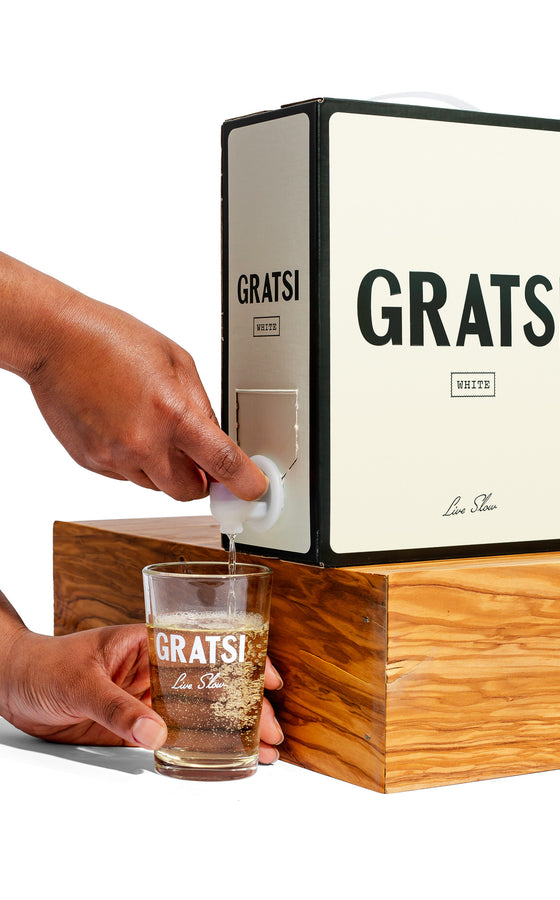Italian Gelato
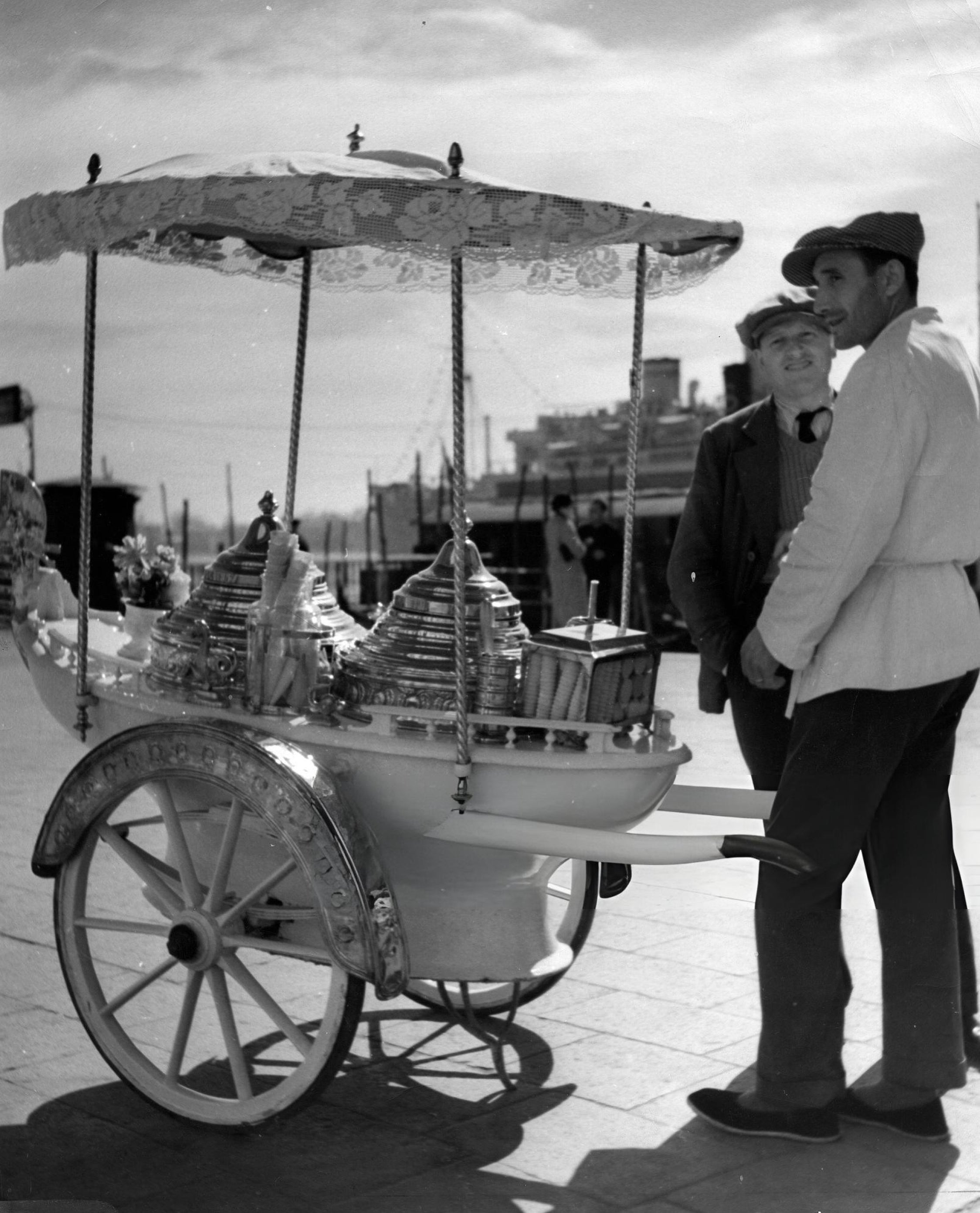
Decoding the secrets of authentic Gelaterias.
Italian Gelato
By Antonia Fest
June 03, 2024
It is an all too powerful childhood memory. Small fists clutch at crispy cones weighed down by rapidly melting, carefully chosen scoops. Flimsy, plasticky napkins are no match for sticky hands which hold the precious cargo firm whilst the flavours are lapped up one lick at a time. God forbid all balance is lost and the sweet treasure falls to the floor losing any worth and issuing floods of tears from the crestfallen owner. But the giddy joy of an ice cream is not reserved for the youth alone, and Mediterranean holidays can be inextricably linked to the tradition of the summer sweet treat which is more than just a delicious snack. It is socially acceptable to enjoy gelato at any point in the day and luckily, in Italy, gelaterias are as frequently found as churches.
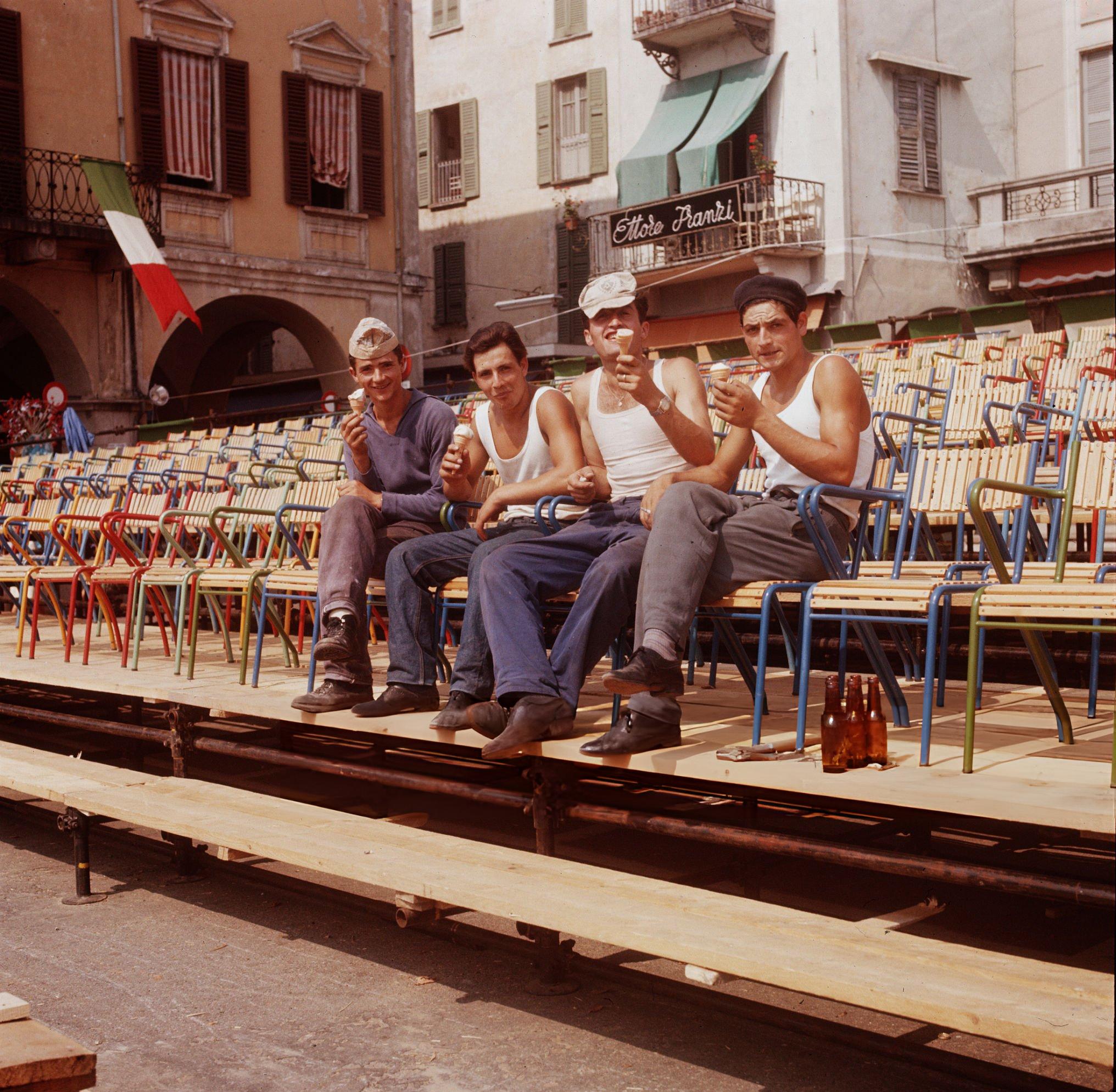
Some gain such a reputation for their craftsmanship, that queues will line around the block for the perfect serving of strawberry, or stracciatella, coffee or caramel ice cream. The best ice cream shops know they should work with the seasons, avoid artificial flavourings at all costs, and by no means offer flavours like bubblegum and haribo. It is evident that not all ice cream is made equally, and sometimes it requires a double take to ensure your cone is not being conned. Many gelaterias will self-proclaim that they are ‘The World’s best’ but what are the secrets behind the Perspex screens which distinguish the delectable from the disappointing?

Although no official documentation can prove it is so, it seems that ice cream has been cooling and quenching civilisations for thousands of years yet the version more akin to what we know and love today appeared around the 17th century. After the treat began gaining popularity across Italy thanks to the ruling Medici family bolstering this frozen marvel, it was a Sicilian who brought it international acclaim.
Francesco Procopio dei Coltelli opened café Le Procope in one of the French capital’s smartest neighbourhoods. Eventually he introduced gelato (in French, glace) to the menu, which were served in little egg-shaped porcelain cups and enjoyed by the Parisian elite. Known as the ‘father of gelato’, it is said that Coletelli also invented the first ice cream machine which churned the dairy desserts flavoured with what was readily available and accessible at the time. The café still exists more than 300 years later and follows enduring principles of artisanal skill, carefully selected ingredients, and high-quality milk to ensure the greatest results. These are the key principles to producing the finest ice-cream/gelato/glace and contribute to the wider argument for concerted craftsmanship over mass-production in the gastronomic world.

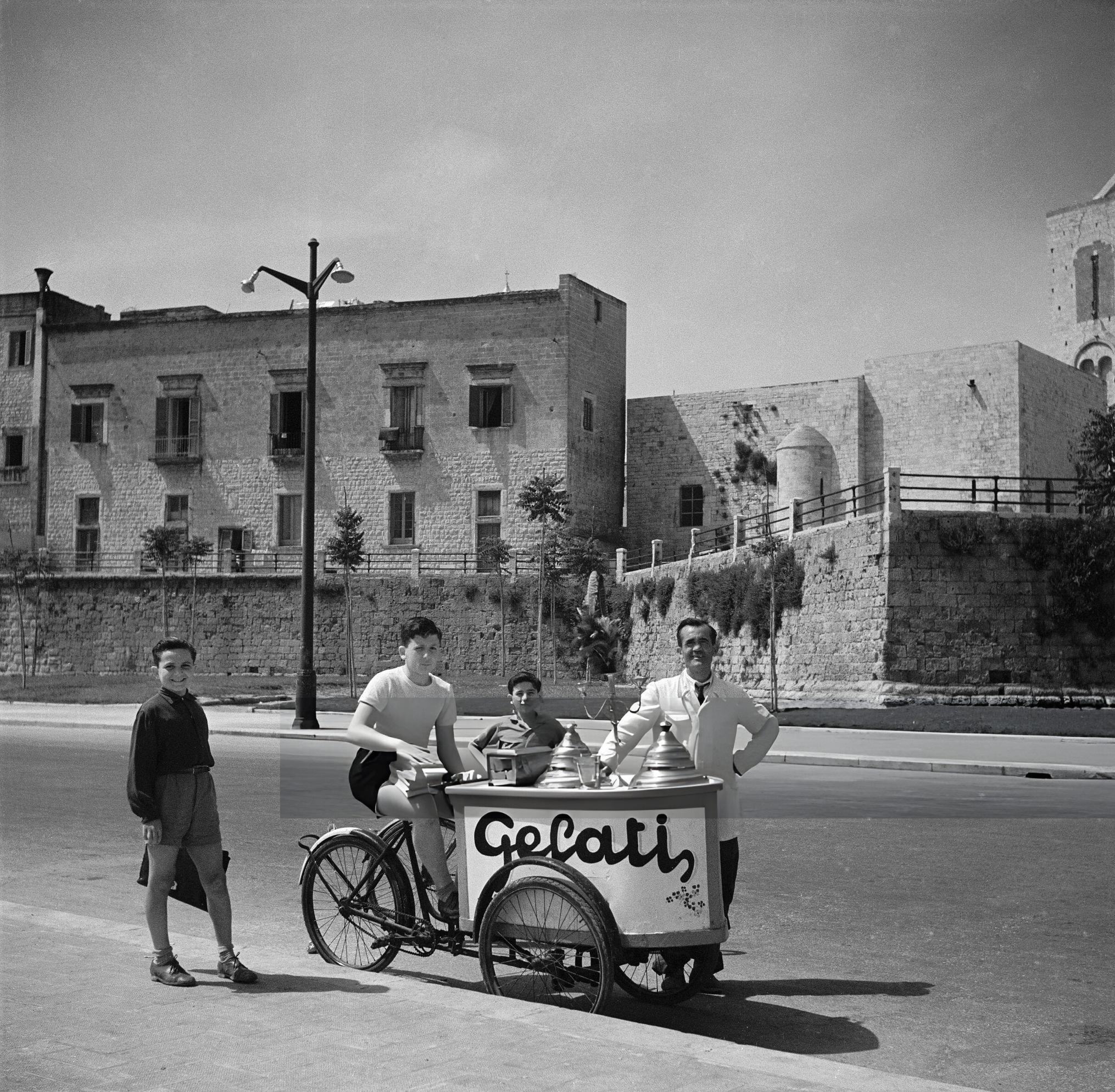
The market

But this does not come without a steady effort. In the 1980s, a McDonald’s opened up near the Spanish steps in Rome, one of the city’s most iconic historical sites. In a backlash against what he considered an abomination in the face of regional traditions, Carlo Petrini founded the Slow Food Organisation. Following a boom in fast food, cheap production and artificial ingredients which was now colonising the most beautiful corners of the world, Petrini’s aim was to bring the focus back to fresh, local, and high-quality dining. This spurred on a whole new wave of gelaterias in Rome and further afield which concentrated on adhering to the Slow Food philosophy. Each region was fixated on using its land’s yield. In Sicily, the Sicilians laced their sorbets with lemon, in Tuscany, the Tuscans were churning chestnut ice cream, in Puglia, the Pugliese were refining their fig-based recipes. Crucially, these artisanal gelaterias focused on making the ice-cream fresh each day in small batches; avoiding mass-production meant there was no need to add preservatives, emulsifiers, colourings, stabilizers or thickeners to their recipes.

Today, far from remaining a luxury for the upper sectors of Parisian society, ice cream is enjoyed across the world. A study shows that 15 billion litres are consumed globally each year. But there is a strong distinction between the commodified and the crafted; you cannot compare a maxi sized tub of vanilla ice-cream labelled with a long list of unpronounceable chemical ingredients, bought from the closest convenience store with its handmade counterpart usually made up of five components or less, so carefully combined that the human touch can be sensed in the final product. No wonder therefore that when travellers come to Italy, visiting the best gelaterias is as vital as booking a table at the most famous restaurants, marvellingat the most iconic landmarks, and ordering an espresso at the most celebrated café. This is a century-old culinary artform, one which is celebrated with competitions and award ceremonies, one which is passed down generations, and one which fights the corner of artisanal value in the loud arena of fast food. Next time you enjoy your slow food gelato, it is worth thinking of efforts that went into preparing it whilst also relishing the nostalgic delight of sticky hands and frozen lips. But for goodness sake, don’t let those scoops fall to the ground…
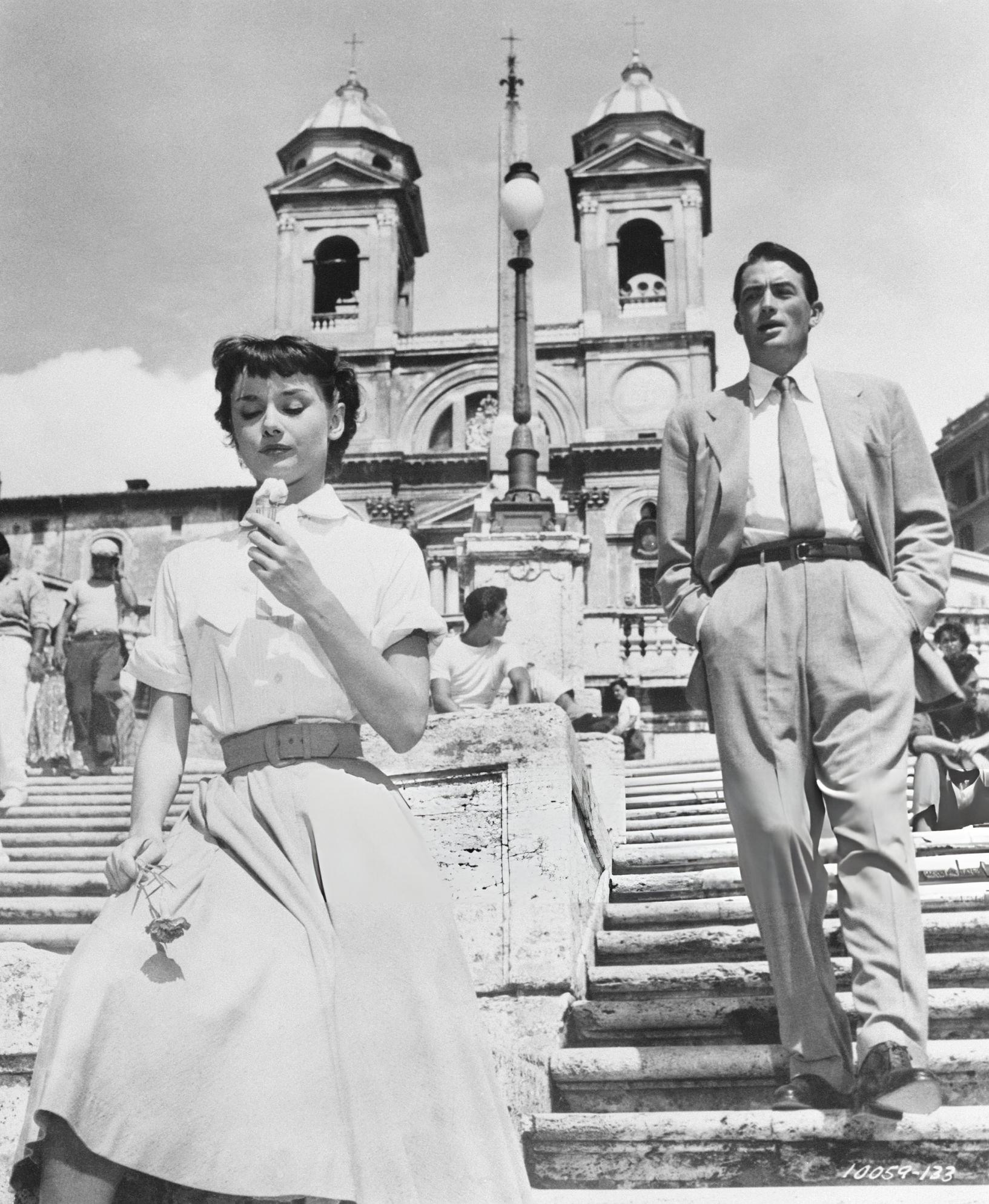
TOP TIP
When visiting Italy, don’t be fooled by gelaterias which delight the eyes more than the taste-buds. Shops which showcase vibrantly coloured options that are piled as high as mountains are not the real deal. These are the ones which have so many chemicals stuffed into the recipe that they puff up without ever deflating. Look for ice creams shops where the product is neatly packed into the metal containers or better still, entirely covered by a circular metal lid.




